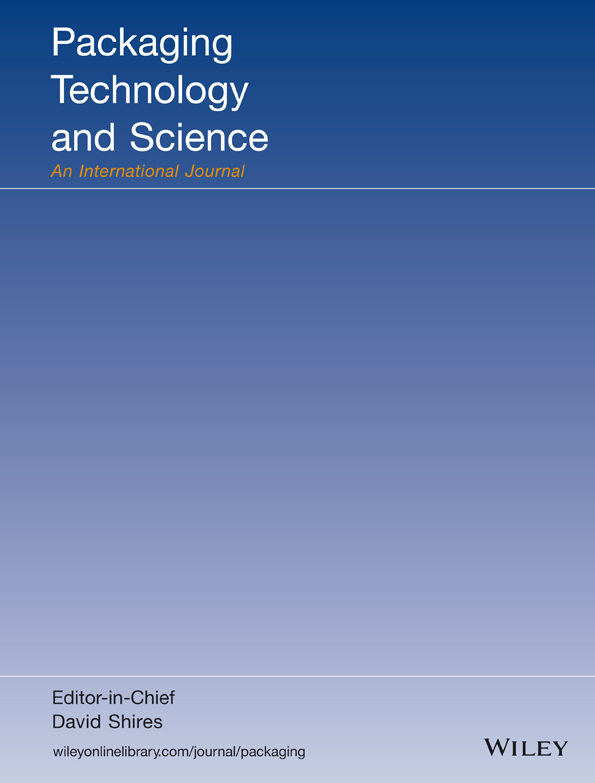The sealing behavior of new mono-polyolefin and paper-based film laminates in the context of bag form-fill-seal machines
Abstract
Heat sealing behavior of mono-polyolefins and paper-based materials is drastically different from conventional multilayer plastic laminates. This paper presents the effect of sealing conditions on Hot-Tack and Cold-Tack for an oriented polypropylene (OPP)-based polyolefin laminate with either polyethylene (PE) or cast polypropylene (CPP) sealing layer and two different barrier paper materials carrying a thin acrylic copolymer sealing layer. The investigations include pressure, temperature, time, jaw pattern, and climate conditions (moisture). It is shown that the mono-polyolefins reach comparable Hot-Tack and Cold-Tack ranges compared with the reference polyethylene terephthalate (PET)-aluminum (Al)-PE laminate. The CPP laminate exhibits a narrow sealing window near the range in which shrinkage is observed. While for the polyolefins temperature plays the main role, the sealing of paper materials turned out to be dependent on pressure, time, and moisture content in paper. Due to a rupture through the polymer thin coating, the Cold-Tack is dominated by a delamination of paper and coating. Consequently, the Cold-Tack is drastically lower than with PET-Al-PE laminate. Monopolypropylene films exhibit extremely narrow sealing window, which shall be taken into the design consideration of bag form-fill-seal (FFS) machines. Polymer coated paper can be potentially used at high-speed FFS; however, special attention shall be paid to moisture content control and filling.




